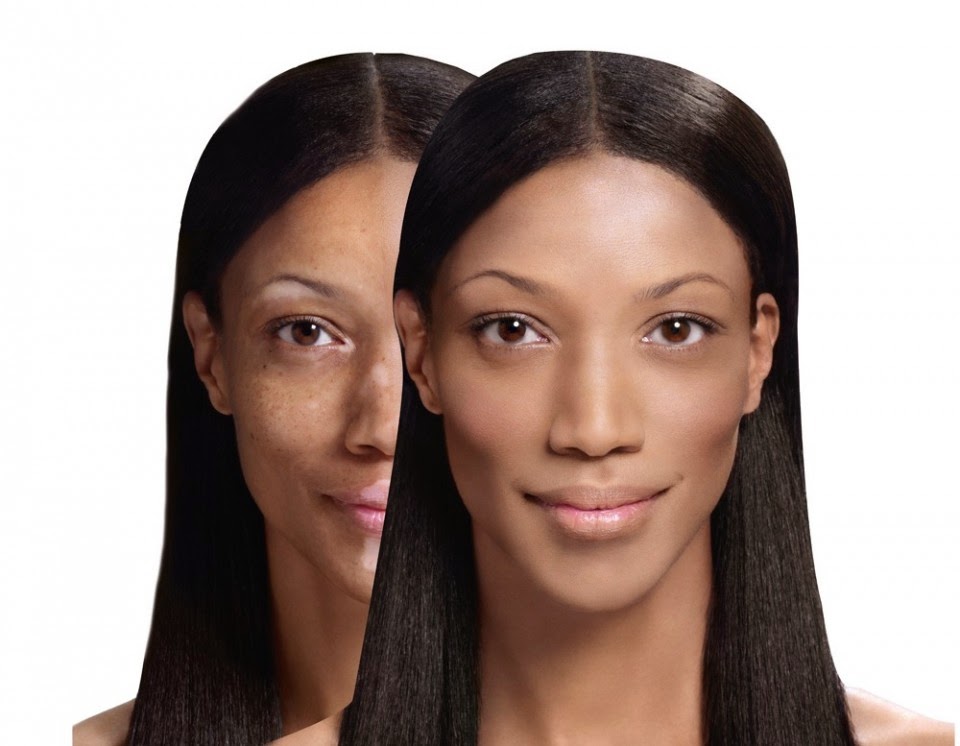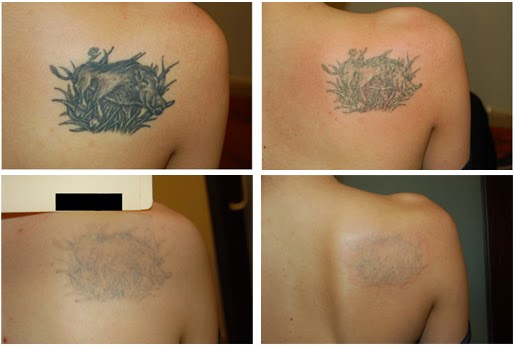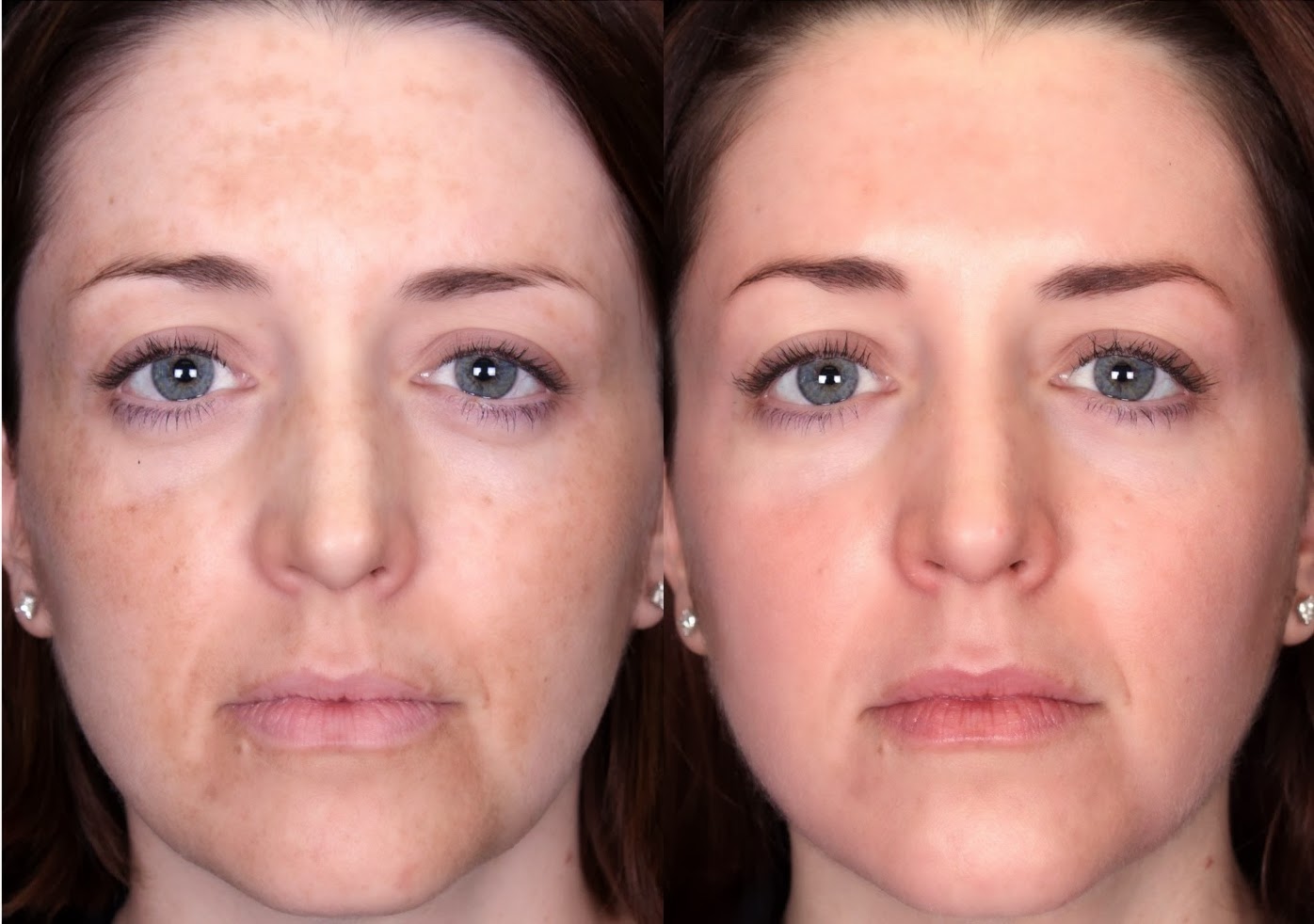Vitiligo, a
common skin condition that causes white patches in skin.
Vitiligo occurs due to the loss of melanin in skin. The production
of melanin stops when the corresponding cells which produce the
melanin dies. Melanin is the element which gives colour to our hair,
skin and eyes. So any defect causing to these cells will affect our
natural colour.
When
this problem affect a person, it will spread from where it started.
Normally it comes in areas of skin which is exposed to sun like
hands, arms, legs, face, head etc. It can affect anybody or in any
age. It is more noticeable to people who has Darker skin.
Symptoms & Causes
The
common sign of vitiligo is the white patches appear on the skin. The
other symptoms or signs are colour loss of tissues inside mouth, inner
layer of eyes and whitening of hair in eyebrows, eyelashes etc.
Vitiligo can come in any part of the body. Can affect the genitals
also.
Causes
of vitiligo is not known exactly but the doctors have several
opinions. Vitiligo can be inherited because they inherit with a group
of 3 genes and it is able to make de-pigmentation. Another view about
vitiligo is that it is a autoimmune disease. In this the de-pigmentation occurs because the persons immune system reacts with
body's own tissues. Yet another theory is that the melanocytes
destroys themselves.
Focal
Pattern:- De-pigmentation appears in one part or a few areas.
Segmental
Pattern:- De-pigmentation appears only in one part of the body.
Generalized
Pattern:- De-pigmentation appears symmetrically in both sides of the
body and is the most common pattern.
Diagnosis & Treatment
Diagnosis starts from physical examination, ask the patient about medical history and will write for laboratory test. The doctor will then tell what type of vitiligo is affected with the patient. There are two types of vitiligo.
Segmental
vitiligo or Unilateral Vitiligo which will appear only in one segment
of the body, most people lose their hair colour, it begins at early
age and progresses for a year or stops.
Non
segmental vitiligo is the second type of vitiligo. It is classified
in to 3, they are Bilateral, Vitiligo vulgaris, Generalised vitiligo.
These types are more common, appears on both sides of body, chances
to get bigger and spread, will appear on wrists, hands, fingers,
eyes, mouth etc.
We
can't fully get rid of Vitiligo. The main aim is to improve the
appearance of the skin. The therapies needs to be done for 6 to 18
months for better results. Each patient respond differently and one
type of treatment may not work for everyone. The treatment procedure
also change according to the size, location, the areas to which it
spread etc.
Treatment options are,
- Medical Therapies
- Topical Steroid Therapy:- Steroid creams are used to re-pigment the white patched skin. It is very effective when applied at the initial stage of disease.
- Psoralen photochemotherapy:- PUVA therapy is the most effective treatment for vitiligo. This will also re-pigment the white patches. It is expensive & time consuming compared with other treatments and care must be taken to avoid side effects. There are two types of treatments coming under PUVA they are, Topical psoralen photochemotherapy and Oral psoralen photochemotherapy.
- Depigmentation:- De-pigmentation treatment is done for person who have 50% vitiligo in their body. Because it is difficult to reverse the entire body to normal colour, so normal skin areas will be converted to match the de-pigmented colour. The de-pigmentation cream will be applied to normal areas of body. After the application of cream, for at least 2 hours the patient should avoid contact with others. If the cream spread in others their skin may get de-pigmented.
- Surgical Therapies
Normally opted
only if the medical therapies fail. Surgical therapies are more
expensive & time consuming.
- Autologous skin grafts:- In this method the doctor will remove skin from one area and grafts to the de-pigmented area. This method is opted when the patient have less vitiligo. There are several complications like both the donor and recipient will have scarring.
- Skin grafts using blisters:- In this procedure the doctor will create blisters in the normal skin using heat, suction or freezing cold. Then top of blisters will cut out and transplanted to the de-pigmented area. It is better method because it cause less scar compared with others.
- Micropigmentation:- This procedure involves implanting pigment into skin with a special instrument. It works well for dark skin and surrounding lip areas. It is difficult for doctors to match exact colour. Even it is matched, when exposed to sun and fade after some time and may mismatch.
- Autologous melanocyte transplants:- In this procedure, the doctor may collect the patients normal pigmented skin and places in a special cell culture solution. Keep it more the multiplication of melanocytes. After it is multiplied, it is grafted to the de-pigmented areas. Currently this method is in experimental stage.
- Additional Therapies
It is an addition to both medical & surgical
therapies. This method can be done ourselves to protect the skin.
- Sunscreens:- Use sunscreens to protect our skin from sun raise & UV rays from sun. Those who are whiter should be very careful and should use sunscreens for avoid tanning, damage to skin etc.
- Cosmetics:- Now several cosmetic companies are providing self tanning lotions that can be used to cover the de-pigmented areas. This can be used by person's who have less vitiligo which is in exposed areas. Also they can use stains and make-up to cover the patches.
We Shine & Smile Skin Clinic provides you with all the latest treatments for Vitiligo under experienced & efficient Doctor Soni Nandha an expert Dermatologist.
Mail us: shineandsmiledelhi@gmail.com



















